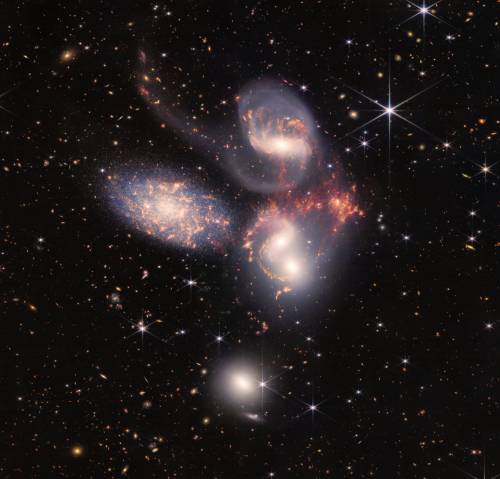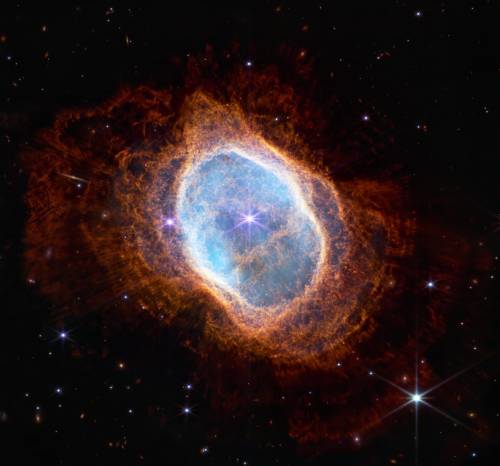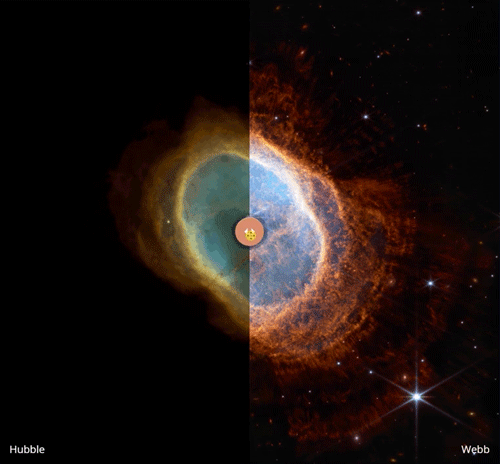This Shows The Development Of Imagery We Have For Nebulae!
This shows the development of imagery we have for nebulae!
More Posts from Night-hides-the-world and Others





Starry Greetings!
Let’s start hot objects month with our infamous red hypergiant: VY CANIS MAJORIS!
https://www.universetoday.com/39472/vy-canis-majoris/
http://astrobob.areavoices.com/2012/01/28/the-biggest-star-in-the-sky-and-how-to-see-it/
https://www.universetoday.com/13507/what-is-the-biggest-star-in-the-universe/
https://www.space.com/31209-hypergiant-star-vy-canis-major-weight-loss.html



NASA’s Webb Space Telescope Reveals Astounding, Unprecedented Views of the Universe

Wild Orion.
Credit: Tony and Daphne Hallas

What do you get when you combine a doctor, engineer & astronaut? Mae Carol Jemison! Dr. Jemison flew on Space Shuttle Endeavour in Sept 1992 to become the 1st African-American woman in space. The 7-day, 22-hour flight was the 50th Shuttle mission & had a focus on conducting microgravity investigations in materials & life sciences. Dr. Jemison also holds an amazing 9 doctorates; don’t know how that’s humanly possible; getting my BA was tough enough!

NGC 1999
Just south of the Orion nebula is a dense area of dust and gas forming stars, in fact, the first Herbig-Haro stars were located here, protostars pushing intense beams of matter out at the poles.
The mystery is the black blob in the white region, a reflective nebula from the star V380 Ori, but what is the dark patch ?

Originally it was thought to be a dense dark cloud of dust, hiding the light, however further analysis has found it is indeed a hole, made to look black in contrast to the bright reflective surroundings.
Astronomy and the other wonders you witness when you look to the skies.
115 posts












